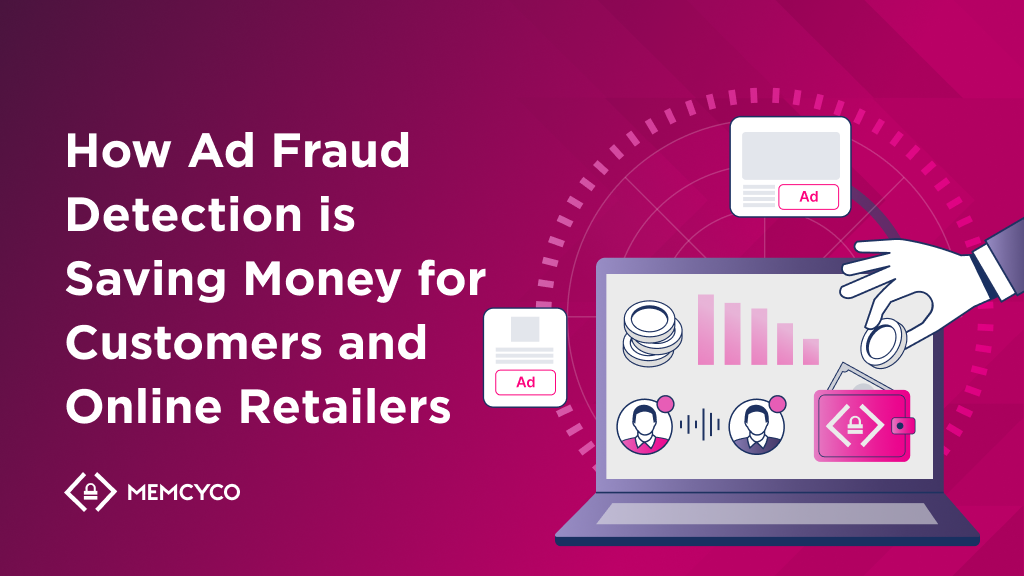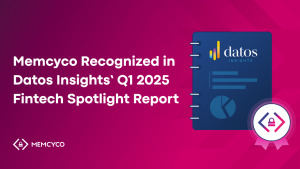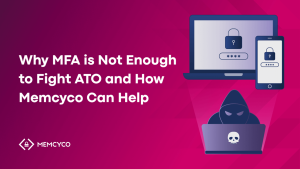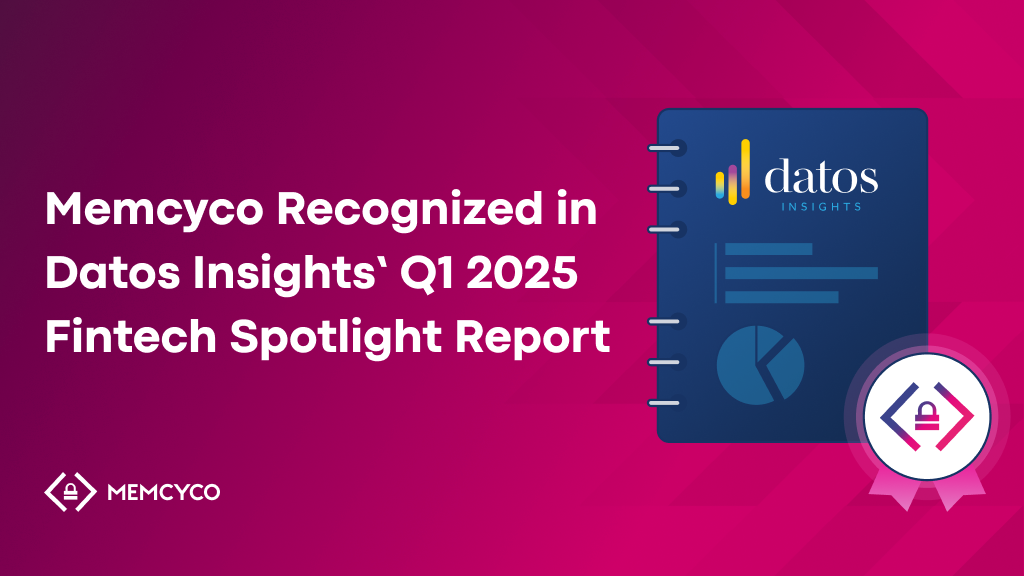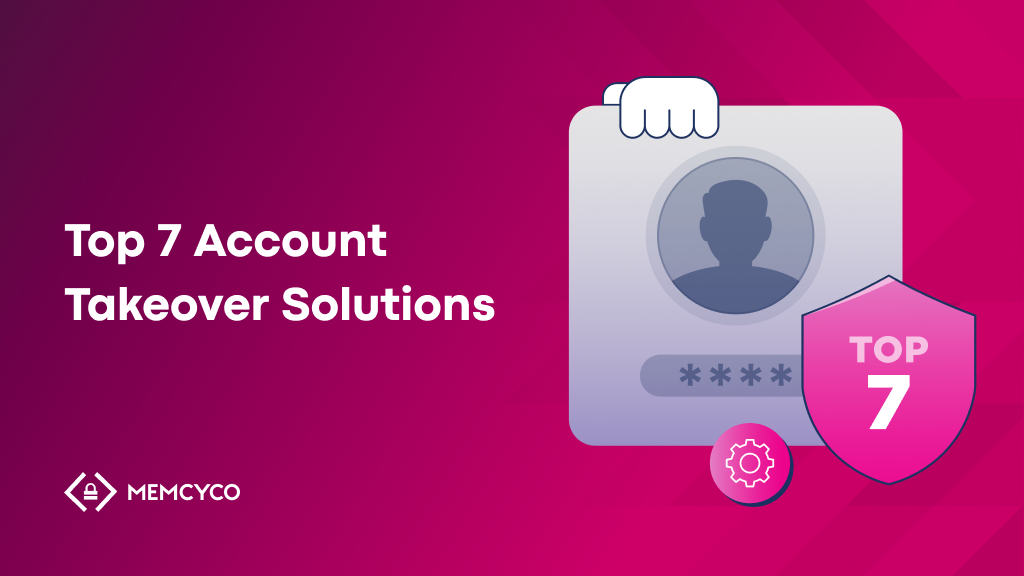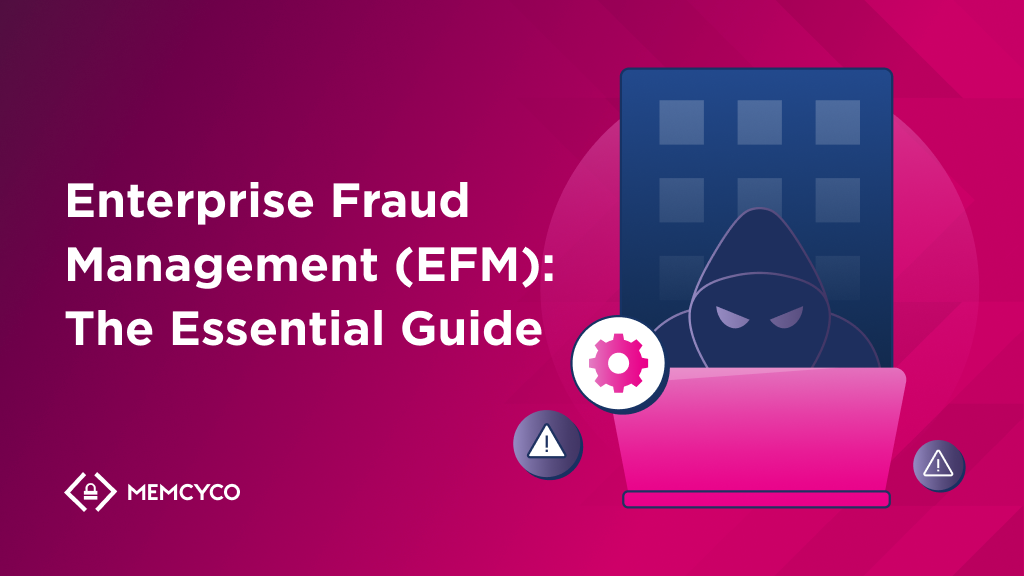If you’ve ever run an online ad campaign, be it through an advertising agency or in-house, there’s a very high chance that you, too, have fallen victim to undetected ad fraud. It’s not pleasant to hear, but your ad dollars often find their way into the pockets of cyber crooks.
The costs of ad fraud are astronomical and continue to grow year after year. In Q1 of 2024, ad networks experienced an 18% click fraud rate across desktop web (26%), mobile web (15%), and mobile in-app (10%). Ad fraud and its impact differ between platforms, ranging from up to 74% fraudulent engagements on TikTok to up to 11% on Google Ads.
These numbers make it clear that ad fraud detection is no longer optional – it’s essential for any business investing in promotional ads. But what exactly is ad fraud, and how does it work to drain marketing budgets? Understanding these tactics is the first step to reclaiming lost dollars.

Understanding Ad Fraud: How Does it Really Work?
Digital ad fraud is a set of practices that exploit the online advertising ecosystem for financial gain. Using bots and advanced AI-driven impersonation tools, fraudsters generate fake impressions, clicks, downloads, and other interactions that ad platforms consider to be user engagement signs which are worth money.
Ad fraud impacts everyone in the digital advertising ecosystem. It drains advertisers’ budgets without providing any real value, erodes trust in digital advertising channels, and results in lost revenue for legitimate publishers. Moreover, ad fraud is widespread across various channels and platforms, prompting giants like Meta (Facebook), Google, and LinkedIn, as well as streaming services like Netflix and Hulu, to invest heavily in fraud monitoring capabilities.
But how exactly do ad fraud campaigns work? That depends on the goals of the fraudsters, their technical proficiency, and the tools they use. Here are a few prominent and common types of ad fraud that impact online retail:
3 Common Types of Ad Fraud Plaguing Online Retail
Cybercrooks that execute ad fraud campaigns are notoriously creative and sophisticated. They adopt different tactics, tools (like AI-driven bot scripts), and services (like VPNs and proxies) to carry out their schemes. Online retailers should be particularly vigilant about three main categories of fraud:
1. Domain Spoofing of the Publisher’s Website
When you pay for impressions and clicks on ads created for your shop, you expect them to appear on reputable sites with genuine human traffic. Unfortunately, the complexity of the online advertising ecosystem allows fraudsters to infiltrate it, defrauding advertisers and depriving legitimate publishers of their ad revenues.
One common type of ad fraud is domain spoofing, complemented by cross-domain ad embedding, where fraudsters create fake or low-quality websites that impersonate legitimate, reputable ones. These fraudulent sites mimic well-known publishers on which your ads are supposed to appear. So, instead of placing your ad on high-traffic, premium websites where actual customers can see them, fraudsters “drag” your ads to their fake sites.
These fraudulent sites usually have little to no real content and display the ads to fake traffic generated by bots, allowing scammers to collect ad revenue while offering no real value to advertisers.
Say you are a high-end fashion retailer looking for ad space in premium sites like fashion magazines or blogs. Attackers can leverage domain spoofing techniques to impersonate real publishers like fashion magazines. As a result, you might mistakenly place ads on these fraudulent sites, believing you are reaching a genuine audience. Instead, the fraudsters collect the payment for the ad placements without delivering any real traffic or conversions to your brand.
2. User Engagement Fraud
User engagement fraud often encompasses ad fraud, fake clicks, page impressions, and conversions. It entails bots or botnets (networks of malware-infected devices) that masquerade as human users and perform actions humans typically take, such as clicking on ads, loading web pages to register impressions, or completing actions like app downloads and form submissions. Here are the key distinctions between the three key user engagement fraud types:
- Fake Clicks occur when bots click on ads without genuine interest, skewing campaign analytics.
- Fake Page Impressions involve artificially increasing the impressions an ad receives through bot traffic, misleading advertisers about real user engagement.
- Fraudulent Conversions involve creating false reports of actions like app downloads or form submissions, which can result in misleading campaign results.
Attacks may also use programmable AI-enhanced bots that mimic human interaction with websites, forms, and even videos. The result is the same: fake traffic and customer engagement skew your analytics (by distorting data that misrepresents actual user behavior) and campaign ROI (making it seem like your ads are effective when they are not).
3. Clickjacking and Forced Redirect Ads
Consider the following scenario: A user sees your ad in an app or website, clicks it, and is redirected to a website that looks just like yours but is a spoofed version of your shop. It may sell counterfeit products or offer extreme discounts and deals that are never fulfilled. All the while, your potential customer is getting defrauded, and you’re picking up the tab for the ad clicked by a genuine human user with real interest in your shop.
This sophisticated type of advertising typically entails embedding in your site a malicious ad overlay or iframe component, to redirect users who click on your ad to a third-party website. Technically, it is usually achieved through cross-site scripting (XSS) or ad injection. It is not only devastating to your shop’s reputation, but also leads to actual revenue loss if potential customers purchase counterfeit goods instead of your genuine ones.
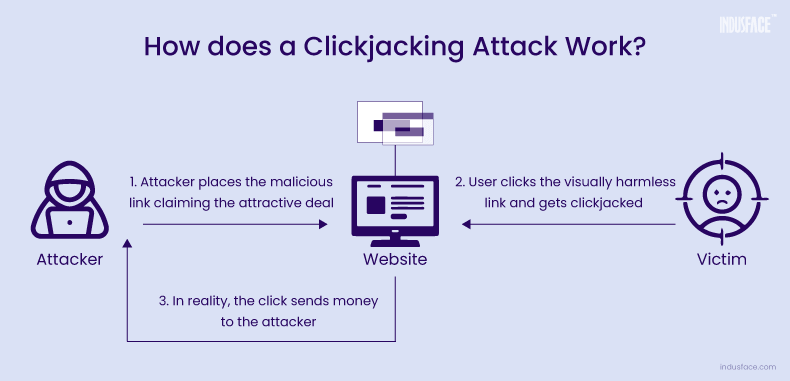
How Ad Fraud Detection Helps Online Retails and Their Customers Save Money
Ad networks like Google and Meta are working to moderate ads and exercise particular caution when approving publishers to join their networks. However, it’s pretty clear why they’re not doing enough to eliminate ad fraud. One of the reasons is that in many cases they still earn money for fraudulent traffic and engagement.
Considering the impact of ad fraud on most businesses and consumers, it’s no surprise that a whole industry of ad fraud prevention solutions and services has emerged to address and mitigate the issue.
Some solutions are aimed at ad exchanges and publishers looking to curb ad fraud, while others seek to protect brands and e-tailers from the damaging effects of ad fraud. Regardless of the types of solutions you integrate, there are several ways that ad fraud prevention can protect your bottom line.
Practical strategies to counter ad fraud include implementing ad verification tools like DoubleVerify or Integral Ad Science to ensure your ads are displayed on legitimate sites, utilizing traffic monitoring services to identify unusual patterns or sources, and leveraging AI-driven platforms to detect and block fraudulent clicks in real-time. Here’s a detailed list of what you stand to gain from using them.
1. Cost Savings and Resource Optimization
Perhaps the most apparent impact of ad fraud detection and mitigation on your online retail operation is the savings in your advertising budget. Fewer dollars wasted on fake impressions and clicks means more dollars you can invest in attracting real customers and offering discounts on products and services.
The trickle-down cost savings effect doesn’t end there. By employing automatic and intelligent ad fraud and brand impersonation protection services, you reduce the time your fraud, risk, and customer service teams spend chasing the evidence and mitigating individual customer fraud cases.
2. Improved ROI and Competitive Advantage
Proactive fraud protection targeted at ads improves your campaign efficiency, so you’re likely to see higher online advertising ROIs and gain a competitive edge over brands that continue to be victims of online ad fraud. This can be achieved without supplementing your fraud teams or significantly limiting your ad reach by relying solely on direct publisher deals.
Relying on direct publisher deals means purchasing ad inventory directly from specific publishers, which can restrict audience targeting options. In contrast, adequate fraud protection enables broader strategies across multiple platforms, maximizing ad spend and improving ROI by ensuring your ads reach genuine audiences.
3. Better Analytics and Data Accuracy
When checking your ad campaign performance, spotting ad fraud is relatively easy. High bounce rates, repeat clicks from the same IP address range, low conversion rates, and strange spikes in activity could all be indicators of ad fraud (of course, in some cases these metrics might signal legitimate issues, such as poor landing page performance on your site).
When you notice these spikes in your analytics reports, it’s usually too late to do anything to prevent them, and filtering them out of your reports can be challenging and time-consuming.
Detecting and preventing ad fraud before it skews campaign performance data can help you make informed decisions about ad budget investments and optimize your campaigns based on accurate metrics.

4. Real-time Response
Ad fraud detection solutions can help you respond to issues in real-time and avoid their dragging consequences. By leveraging tools like Memcyco’s Digital Risk Protection (DRP) solution you can discover when your website has been cloned and activate the right mitigation techniques to try and take it down before it starts targeting your customers with fake ads.
The ability to act in real-time is a critical benefit that ad fraud detection solutions provide. The longer cloned websites and fake ads are live, the more money you are wasting on ad spend and customer support.
5. Brand Reputation and User Trust
Earning and maintaining user trust and brand reputation is no easy feat. When a potential customer or existing client sees your ad on a low-quality website alongside illegal or disturbing content, it reflects on your bottom line by lowering your perceived brand value in the eyes of your target audience.
Even worse are clickjacking and forced redirection tactics that send customers to a fake site they believe is yours. These fake sites often sell counterfeit goods or offer unrealistic discounts and don’t deliver anything, leading to customer dissatisfaction and potential data theft. All while hiding behind your brand and its hard-earned reputation as a trustworthy online retailer.
Early detection of ad fraud campaigns is vital in safeguarding your hard-earned reputation and maintaining the trust you’ve built with your audience.
Protect Your Customers From Ad Fraud With Memcyco
Early ad fraud detection is vital to timely mitigating ad fraud schemes that may impact the ROI of your ad campaigns, campaign data, or brand reputation, among other things through malicious impersonation and forced redirection overlays. While publishers are responsible for protecting their digital assets and customers, you can also take proactive steps to protect your website and users from ad fraud.
Memcyco uses ‘nano-defenders’ to continuously monitor website activity and detect impersonation and fraudulent redirects in real-time. For example, if a user clicks on your ad and is directed to a spoofed version of your shop – where counterfeit products or unfulfilled discounts may be offered – Memcyco can identify this attack attempt before it escalates.
Its advanced behavioral analytics provide valuable insights into the attackers’ locations and devices, as well as potential victims, helping you stay in the know and protect your customers and bottom line. Learn more here.
